In Photos: ROV Explores Deep Ocean Trench
Deep Explorer
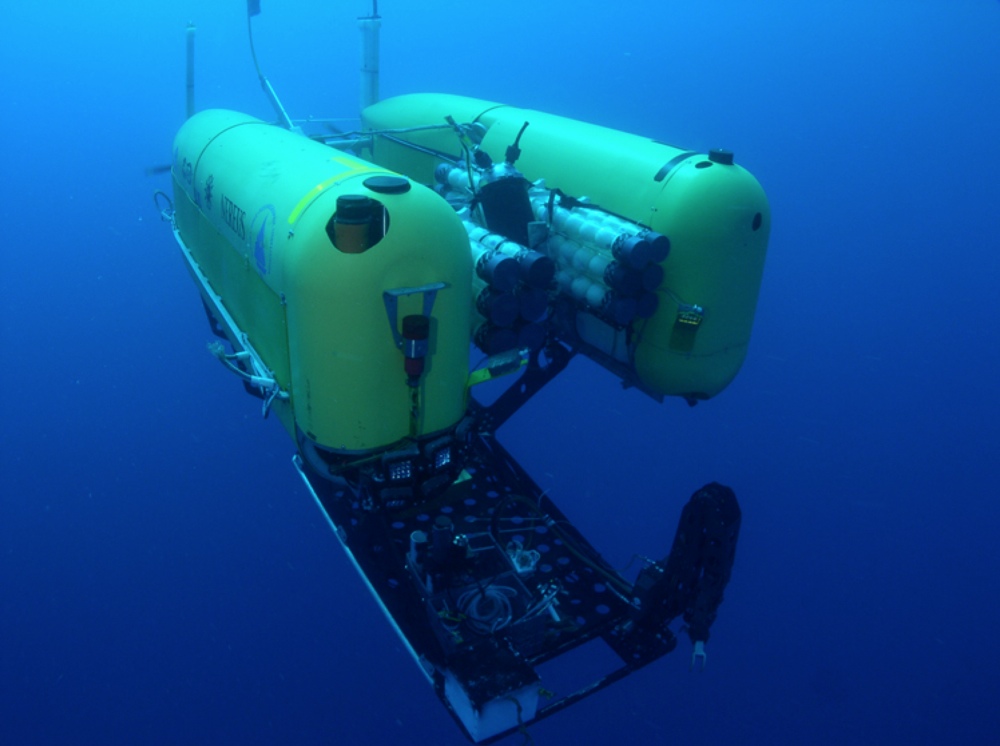
The hybrid remotely operated vehicle (ROV) called Nereus (shown here) has been tasked with exploring the deepest parts of the Earth's ocean where pressure can be as great as 16,000 pounds per square inch. It has explored the world's deepest trench, the Marianas Trench, and the second-deepest trench, the Kermadec Trench.
Nereus
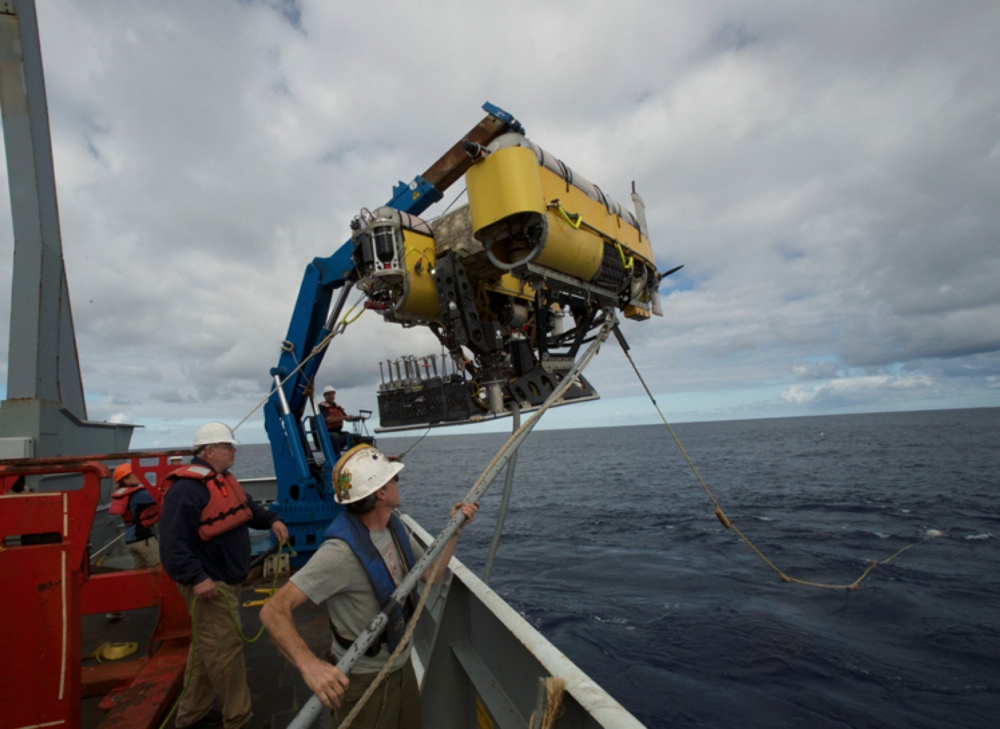
On the HADES cruise, Nereus brought back to the surface, from the Kermadec Trench, specimens of animals previously unknown to science and seafloor sediment destined to help reveal the physical, chemical, and biological processes that shape the deep-ocean ecosystem and that make ocean trenches unlike almost any other part of the planet.
Kermadec Trench

The Kermadec Trench runs northeast from the North Island of New Zealand to the Louisville Seamount Chain. It is the second deepest oceanic trench in the world and formed by subduction, a geophysical process in which the Pacific tectonic plate is pushed beneath the Indo-Australian Plate.
Sub Explores Ocean's Deepest Trench
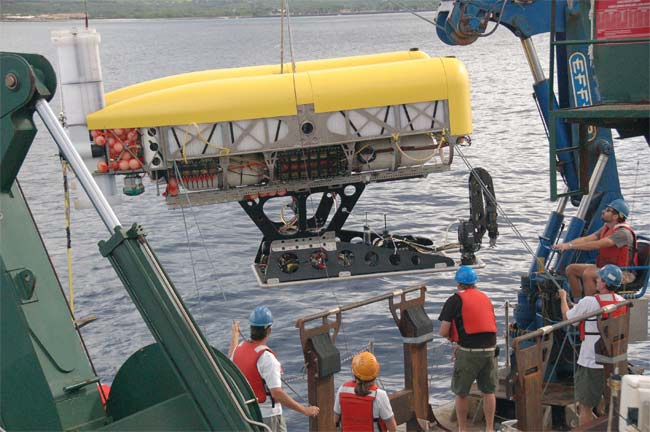
The hybrid remotely operated vehicle Nereus may be tethered or untethered to a mother ship.
supergiant-amphipod-huge-crustacean-120202
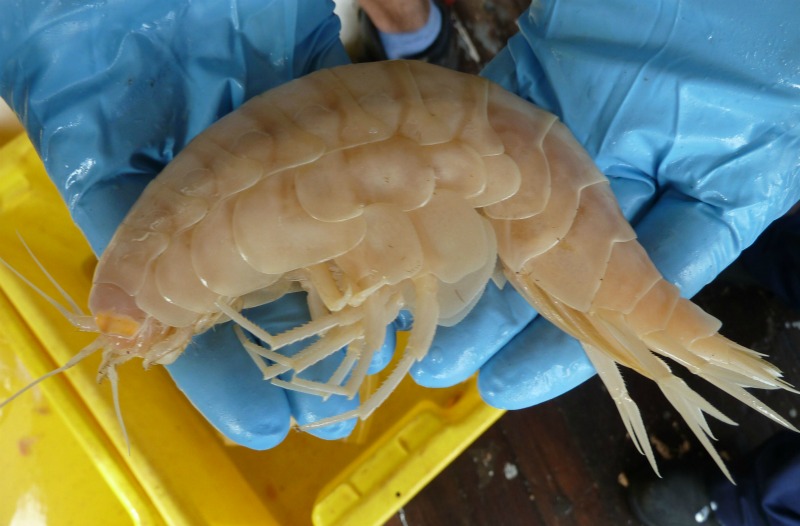
In 2012, scientists on an expedition to sample the Kermadec deep-sea trench got a surprise when their traps brought back seven giant crustaceans glimpsed only a handful of times in human history. The "supergiant" amphipods are more than 20 times larger than their typical crustacean relatives, which are generally less than a half-inch (1 centimeter) long, and thrive in lakes and oceans around the world. They are sometimes called the "insects of the sea."
supergiant-amphipods-huge-crustaceans-deep-sea-animals-120202

The supergiant amphipods were drawn to mackerel carcasses the scientists used to bait the trap and a camera set up more than a mile away.
Kermadec Trench snailfish

Snailfish snapped at nearly 23,000 feet (7,000 meters) depth in the northern Kermadec Trench.
Get the world’s most fascinating discoveries delivered straight to your inbox.
Deepest Dive
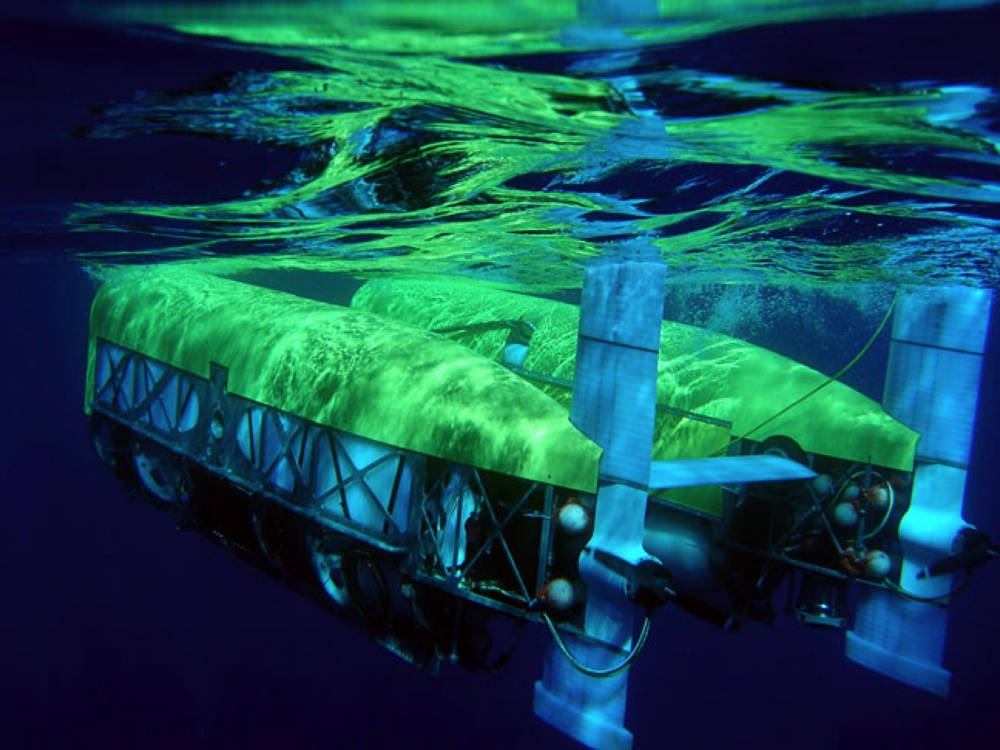
On May 31, 2009, the deep-sea vehicle Nereus successfully reached the deepest part of the ocean, diving to 6.8 miles (10,902 meters) in the western Pacific Ocean’s Mariana Trench.
ROV Arm
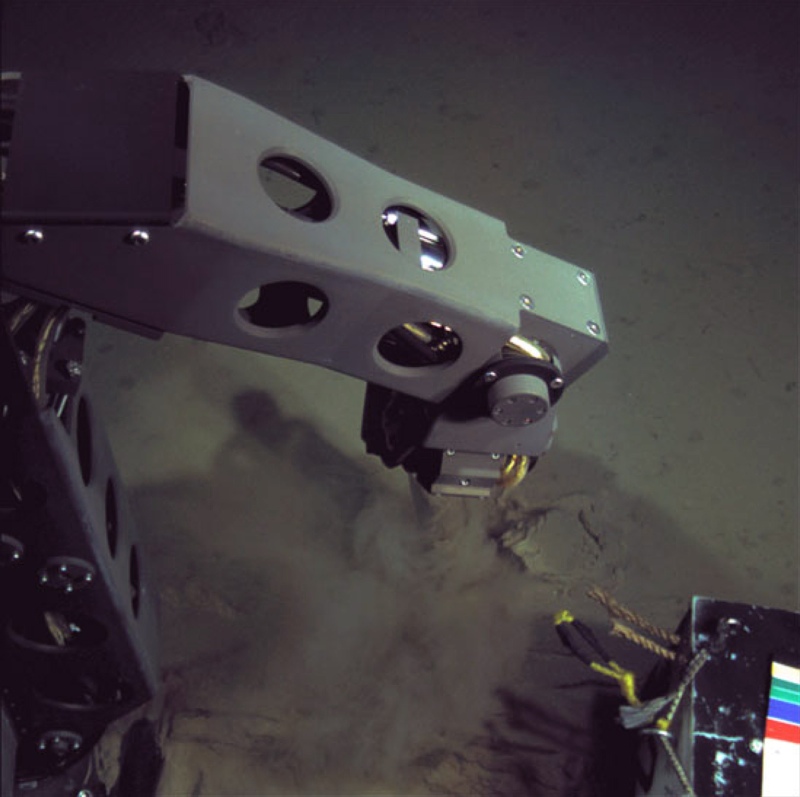
A specialized manipulator arm of the newly built hybrid remotely operated vehicle Nereus samples sediment from the deepest part of the world's ocean—the Mariana Trench.
Two Modes
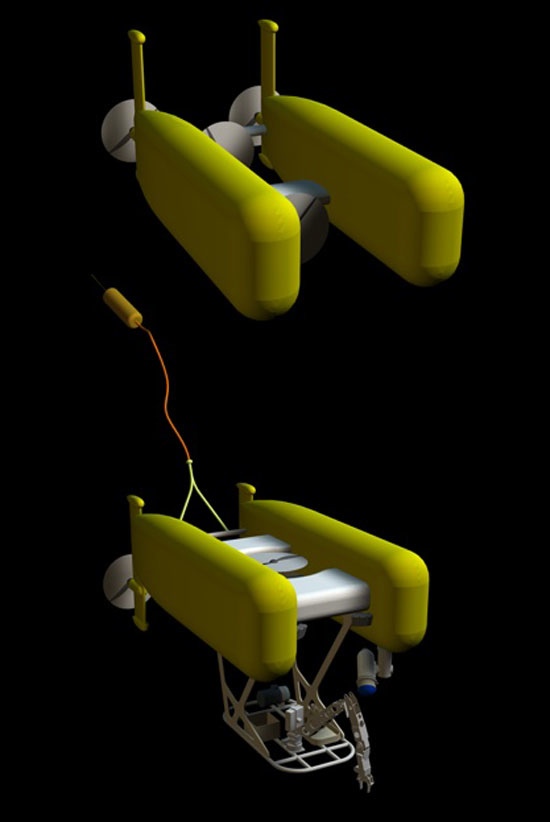
Designs show the vehicle Nereus in its two modes. The vehicle will transform from a free-swimming vehicle for wide-area ocean surveys (above) to a vehicle tethered by a cable to a surface ship for close-up investigation and sampling of seafloor rocks and organisms.



